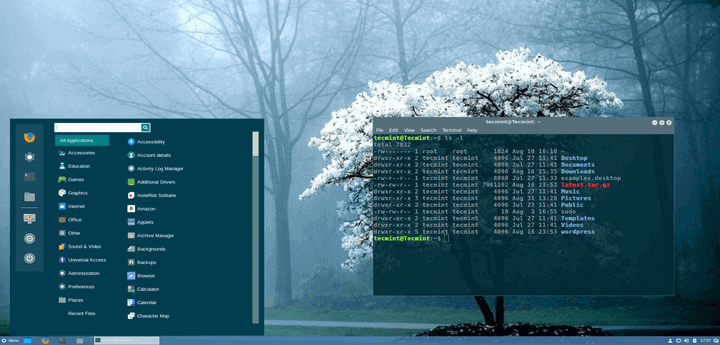Important
How To Install Docker And Docker Compose
To install the latest version of Docker, run the commands below. If you want to install a specific Docker version, skip this step and go to the next one. Sudo apt updatesudo apt install docker-ce docker-ce-cli containerd.io; To install a specific version, first list all the available versions in the Docker repository. Deploy Mattermost using a multi-node configuration with Docker Compose. Experience with Docker Compose is recommended. For a single-node preview of Mattermost (without email) see Local Machine Setup using Docker. If you have any problems installing, see the troubleshooting guide. Docker Compose is a tool used to define and run multi-container Docker applications. Users utilize this software to launch, execute, communicate, and close containers with a single coordinated command. This tutorial will show you how to install Docker Compose on CentOS 7.
This unofficial guide is maintained by the Mattermost community and this deployment configuration is not yet officially supported by Mattermost, Inc. Community testing, feedback and improvements are welcome and greatly appreciated. You can edit this page on GitHub.
Install Docker And Docker Compose Centos 7
Deploy Mattermost using a multi-node configuration with Docker Compose. Experience with Docker Compose is recommended.
For a single-node preview of Mattermost (without email) see Local Machine Setup using Docker.
If you have any problems installing, see the troubleshooting guide. To submit an improvement or correction, click Edit at the top of this page.
Docker Setup on Ubuntu¶
Install Docker using the Ubuntu online guide or these instructions:
Install Docker Compose using the online guide. You have to download the latest release from the Docker Compose Github page and put the binary on your
/usr/local/binfolder. Usually, you can use the following command, replacing$dockerComposeVersionwith the Docker Compose version to install:Deploy the Mattermost Docker
You can get the uid (user ID) and gid (group ID) of the Docker user by running:
Replace <username> with the actual username. The following setup assumes the result above is uid=1000 and gid=1000.

Set up using:
The docker-compose network that is created defaults to 172.18.0.0/16. If you need to change the default network this link provides guidelines on how to do that. If the network is already set up with the default, you need to run the following command to remove it. Then, run the command again to regenerate the default network to include the new network setting.
To verify the current Docker network use the following command to list it (you can access information about the options here):
Configure TLS by following the instructions.
Configure Email by following the SMTP email setup guide.
(Optional) To enable enterprise features, go to System Console > Edition and License and select Start trial.
Configure your Server based on the configuration settings documentation.
Once you’ve saved your configurations, start an Enterprise E20 trial via Main Menu > System Console > Edition and License > Start trial.
Additional guides:
Start, Stop, and Remove Containers using management instructions.
Setup Database Backup following the database backup instructions.
Docker Setup on Arch Linux¶
To install on Arch Linux, see the installation guide on the Arch Linux wiki.
Docker Setup on macOS¶
You can run a deployment on macOS by installing Docker Compose using the online guide then following the above instructions.
Other Options¶
To install Mattermost Team Edition instead of Mattermost Enterprise Edition, open docker-compose.yaml and uncomment the following lines:
